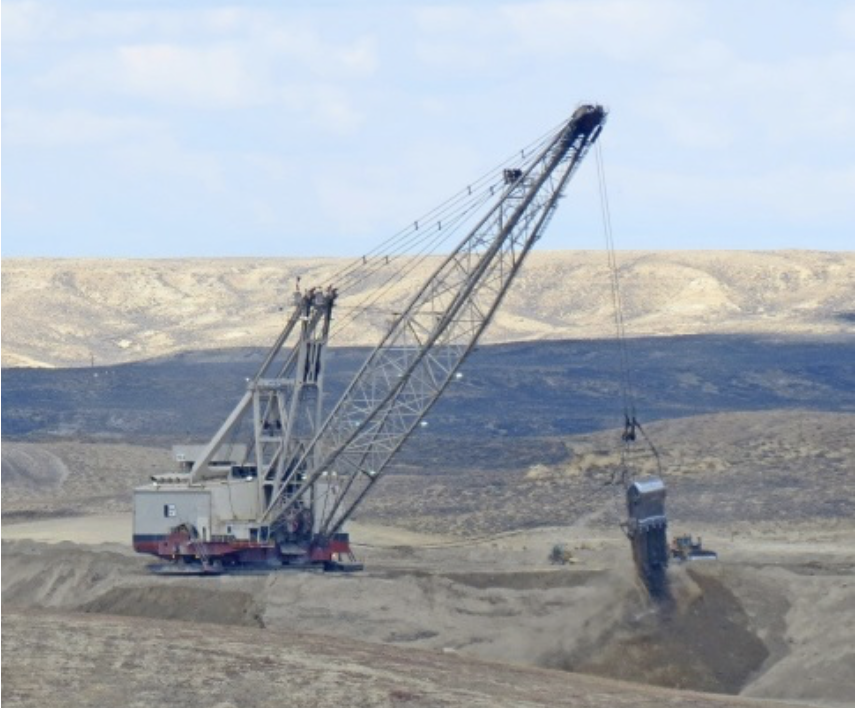
This week in Washington, D.C., the Department of the Interior convened a select group of industry executives and state government officials to serve on a Royalty Policy Committee.
The committee will advise the Trump administration on the need for new polices on mineral royalties and other key mechanisms for assuring that American taxpayers get the full value for the minerals sold from our public lands. Recent reports from both government and private organizations suggest that the public has forsaken millions and perhaps billions of dollars in revenue that would have been generated had the government demanded fair value for these minerals as the law requires. Reform is long overdue.
Lagging federal policies are a big problem for the oil and gas program. The 12.5 percent royalty paid for oil and gas leases is well below market rates. Texas commands a whopping 25 percent for its oil and gas resources and federal offshore leases receive 18.75 percent. But the problems with the federal mineral revenue program are especially acute for our federal coal resources. For far too long, the Interior Department has allowed the coal industry to dictate the terms of federal coal leasing, and the industry has used its power to acquire vast tracts of federal coal at rock-bottom prices and virtually without competition. By the government’s own estimates the coal industry has locked up enough federal coal reserves to last 20 years at current production rates. And if coal production continues to decline, as seems likely, then federal coal reserves might last well beyond the current 20-year projection.
Coal leasing is carried out through what is supposed to be a competitive bidding process. But the government allows the industry to design the tracts that are put up for lease and, not surprisingly, they design tracts adjacent to their existing coal properties and not big enough to attract another bidder. They rarely fail to scare off the competition. Leases in the coal rich Powder River Basin rarely sell for more than $1/ton. Often they sell for a tiny fraction of that. The government insists that it receives fair market value, but it refuses to release the details of its analyses, and how can anyone possibly know the fair market value of their coal properties when time and again they receive only one bid. And it is frankly hard to believe when coal can be produced at the mine mouth for less than $10/ton but sold on the open market for several times that amount.
Royalty rates for coal raise another issue under the federal coal leasing program. These rates are nominally set at 12.5 percent for surface coal and 8 percent for underground coal. The Interior Department has the discretion to raise those rates but has never done so. Moreover, Interior can actually reduce royalties if particular companies persuade the agency that they need royalty relief to maintain a viable coal mining operation. Since 1990, Interior has used this provision to reduce the royalty on more than a third of all federal leases. The standard royalty for federal coal leases in North Dakota leases is a whopping 2 percent! Headwaters Economics has estimated that these royalty reductions have cost taxpayers $294 million over a 24-year period. To make matters worse, Interior has essentially allowed the industry to perpetrate a fraud on the U.S. Treasury by allowing the companies to pay royalties on the first sale of coal to a wholly owned subsidiary. No one seriously believes that these sales are made for the true market value. So, it is fair to ask why is Interior leasing coal for mere pennies per ton, reducing royalty rates, and then allowing royalties to be paid on the first non-arms-length sale? The Royalty Policy Committee should demand answers.
Direct revenue losses tell just one part of the story. Coal imposes significant external costs on public health and the environment that are not fairly accounted for in the leasing process. Why not raise coal royalty rates to better reflect at least some of these external costs and ensure that coal competes with other energy sources on fairer terms.
The Royalty Policy Committee faces an important challenge. It must identify and recommend reforms that can help ensure the fair return from our public mineral properties that we have been denied for too long. For the sake of taxpayers, the federal government, and the states that share equally in the revenues generated from our considerable mineral wealth, let’s all hope that the committee is up to the challenge.
Mark Squillace is a professor of law at the University of Colorado Law School. He taught at the University of Wyoming College of Law between 1984 and 2002
Tags: Coal, Federal Coal, Department of Interior, Royalties
